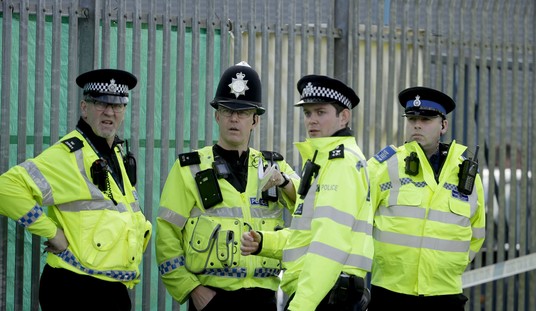The 2018 collegiate football season opened Thursday night, a happy time of year for millions of us fans who enjoy watching the game played eagerly by young men who aren’t yet spoiled millionaires with a political agenda to show off.
But there’s a problem, a hidden attendance problem. Maybe you’ve been at a game and heard a strong attendance figure announced, then looked around and said, “This sure doesn’t look like 48,000 people.” You were right.
The Wall Street Journal has done a fascinating analysis of announced NCAA attendance last year and actual attendance by real tickets scanned. Turns out, there’s a huge difference.
Last year’s announced attendance of tickets sold dropped for the fourth year in a row, now down 7.6 percent since 2014. OK, not good. But not a disaster.
However, the Journal’s analysis (subscription) found the numbers of people who actually walk through the gates are far, far worse than that.
The number of fans who were actually in the stadium last season was on average only 71 percent of the attendance figures you saw in the box scores. Some of the announced attendance numbers even include stadium workers, security, ushers and food stand employees, who are not really watching.
In the Mid-America Conference, actual attendance was only 45 percent of official. Florida State last year had actual attendance of only 57 percent of the reported volume. Arkansas’ scanned attendance last year was only 58 percent of its reported attendance.
The University of Michigan proudly claims a consecutive ticket sell-out of its 100,000-plus stadium dating back to 1975. Uh-huh. The Journal, however, found that two games last year actually had scanned attendance of only around 80,000. Go Blue!
Yes, the schools still got ticket revenues. But no-shows also mean no food, beer and snack sales, no souvenir, jersey and cap sales and no parking fees.
This combined football income often makes up half or more of an athletic department’s revenues and supports numerous other school sports with little or no revenues.
Sports fans also become loyal school boosters and donors and it’s one criteria potential athletic recruits use to judge the strength of a football program. Who wants to play in front of a crowd that cares so much it doesn’t even show up?
Even student attendance has also dropped, such that football powerhouse Alabama, for example, is adding a student terrace to boost the social experience and encourage more students.
To remain on its Division I football list the NCAA requires schools to get and keep a 15,000 home attendance of “actual or paid” on a rolling two-year average. However — how shall we put this? — the NCAA does not audit the reported attendance figures, as the Journal did.
You might guess the reasons for the attendance gaps. They start with television, which does pay school conferences handsomely for the broadcast/cable rights.
But more importantly, it’s the immense high-definition television sets now widely adorning millions of homes. Let’s see now, fifty bucks per head to climb up to the third tier for a plastic seat for three hours of watching distant lilliputians run around with an invisible ball?
Or plunk down in your own easy chair with an image so clear individual sweat beads are visible. At hand you have a cold beverage. You pause the game at any time to fetch more snacks or make a bathroom run that doesn’t inevitably coincide with a game-breaking run? No rain or winds. And also at hand are your own controls for repeated replays, slow-motion and fast-forward through the Cialis bathtub ads?
Now, you understand the difference between announced and actual.








Join the conversation as a VIP Member